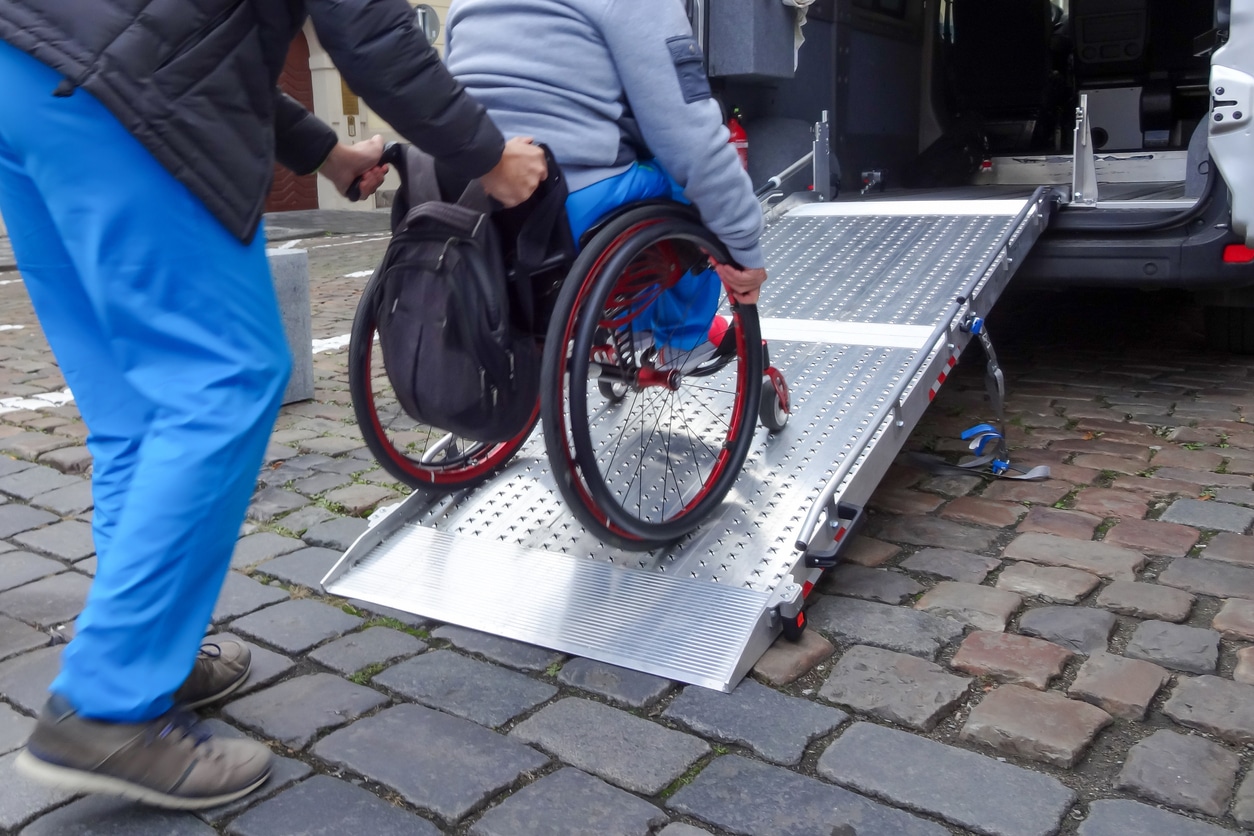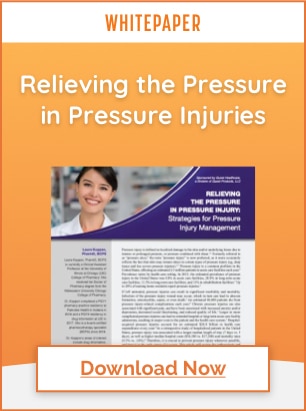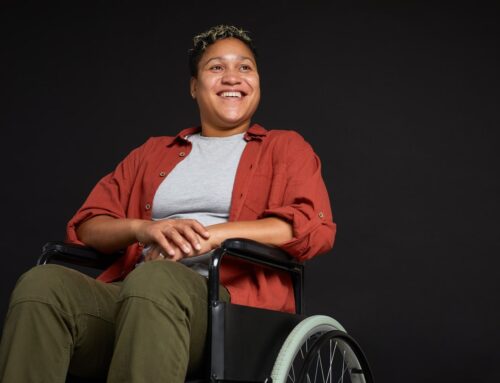
Avoiding Blood Clots After Spinal Cord Injury
People with spinal cord injury (SCI) are at particular risk for blood clots and deep vein thrombosis (DVT). Risk is often higher in the days and weeks following injury, usually during a stay at an acute care hospital or other facility. One study showed that 43% of people with a spinal cord injury had a DVT between 7 days and four weeks following their injury.
DVT is a blood clot that forms in any vein that is deep within the body, most commonly in the thigh or lower leg, and less frequently in the arms. A serious complication associated with DVT is pulmonary embolism (PE). Symptoms of PE include shortness of breath, sudden chest pain when inhaling, rapid breathing, and fever.
Why People with SCI are at Risk for Blood Clots

http://sci.washington.edu/empowerment/Blood_Clot_Risk_2018.pdf
Full or partial paralysis creates increased risk of developing DVT because lack of mobility slows the flow of blood through the veins, which increases the likelihood of developing a blood clot.
Immediately following injury, a person with SCI must remain immobile during the early stages of recovery, increasing the likelihood of a blood clot forming. Injuries to blood vessels may also cause blood clots to form.
Other contributing factors like weight or a history of cardiac problem can be contributing factors to a person’s risk of developing DVT.
Once the initial phase of treatment has passed, it does not mean DVT risk is eliminated, but depending on the nature of the injury the risk may be reduced. Studies show that up to 12% of people with SCI are still at risk three to twelve months following their injury. Quadriplegics are more at risk than paraplegics.
If DVT is not treated and a blood clot breaks loose and travels to the lungs it can cause a pulmonary embolism (PE) which is serious and can be fatal.
Symptoms of DVT
Due to the loss of sensation of the limbs, DVT can be more difficult to diagnose in people with SCI, so it’s important to be aware of the symptoms and take preventative measures to reduce the risk of PE.
Symptoms of DVT include:
- Throbbing or pain in only one leg
- Swelling in one leg
- Warmth and/or swelling around the painful area
- More frequent episodes of autonomic dysreflexia
Preventing DVT for People with SCI
In the initial stages of recovery, it’s important to monitor for symptoms of DVT for people with SCI. Care providers may administer anticoagulants to prevent blood clots from forming, in particular in the days following injury.
An ultrasound called a venous duplex scan may be performed to look for abnormalities in blood flow, as well as find any clots and attempt to collapse them. In some cases clots will dissolve on their own.
Anticoagulants (blood thinners) may be prescribed for two or three months following injury. Graduated compression stocking/socks with leg compression pumps are commonly used to apply pressure to the leg and help prevent clots from forming. It’s important to inform medical provider(s) if there is a history of blood clots in the family.
Daily wellness routines help prevent blood clots as well. Proper nutrition, exercise, losing weight, quitting smoking (if applicable), and continued use of compression stockings help reduce risk of developing DVT.
Disclaimer: The material contained is for reference purposes only. Alliance Labs, LLC and Summit Pharmaceuticals do not assume responsibility for patient care. Consult a physician prior to use. Copyright 2020 Summit Pharmaceuticals and Alliance Labs, LLC.
Sources:
- https://www.ncbi.nlm.nih.gov/pmc/articles/PMC5102284/
- http://sci.washington.edu/empowerment/Blood_Clot_Risk_2018.pdf
- https://journals.lww.com/jtrauma/Abstract/2011/10000/Incidence_of_Deep_Vein_Thrombosis_After_Spinal.13.aspx
- https://sciprogress.com/deep-vein-thrombosis/#:~:text=Lack%20of%20mobility%2C%20due%20to,developing%20in%20the%20first%20place




![[Live Webinar] Neurogenic Bowel Dysfunction in Multiple Sclerosis](https://www.questhealthcare.net/wp-content/uploads/2025/02/325-Quest-Healthcare-Speaker-Session-1-500x383.png)


